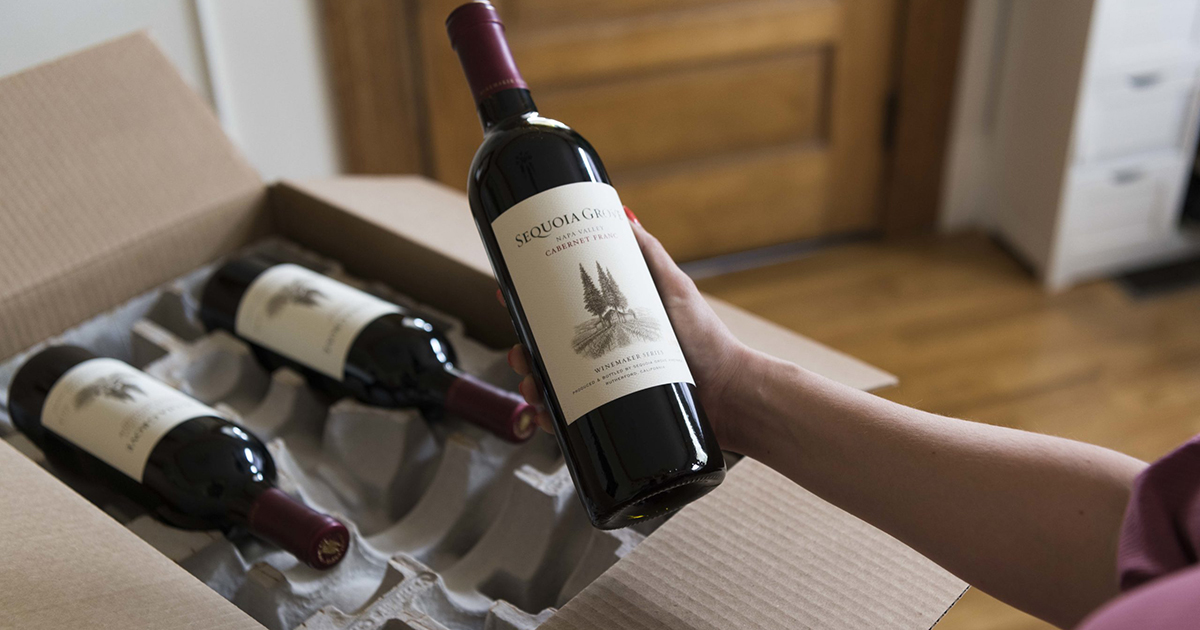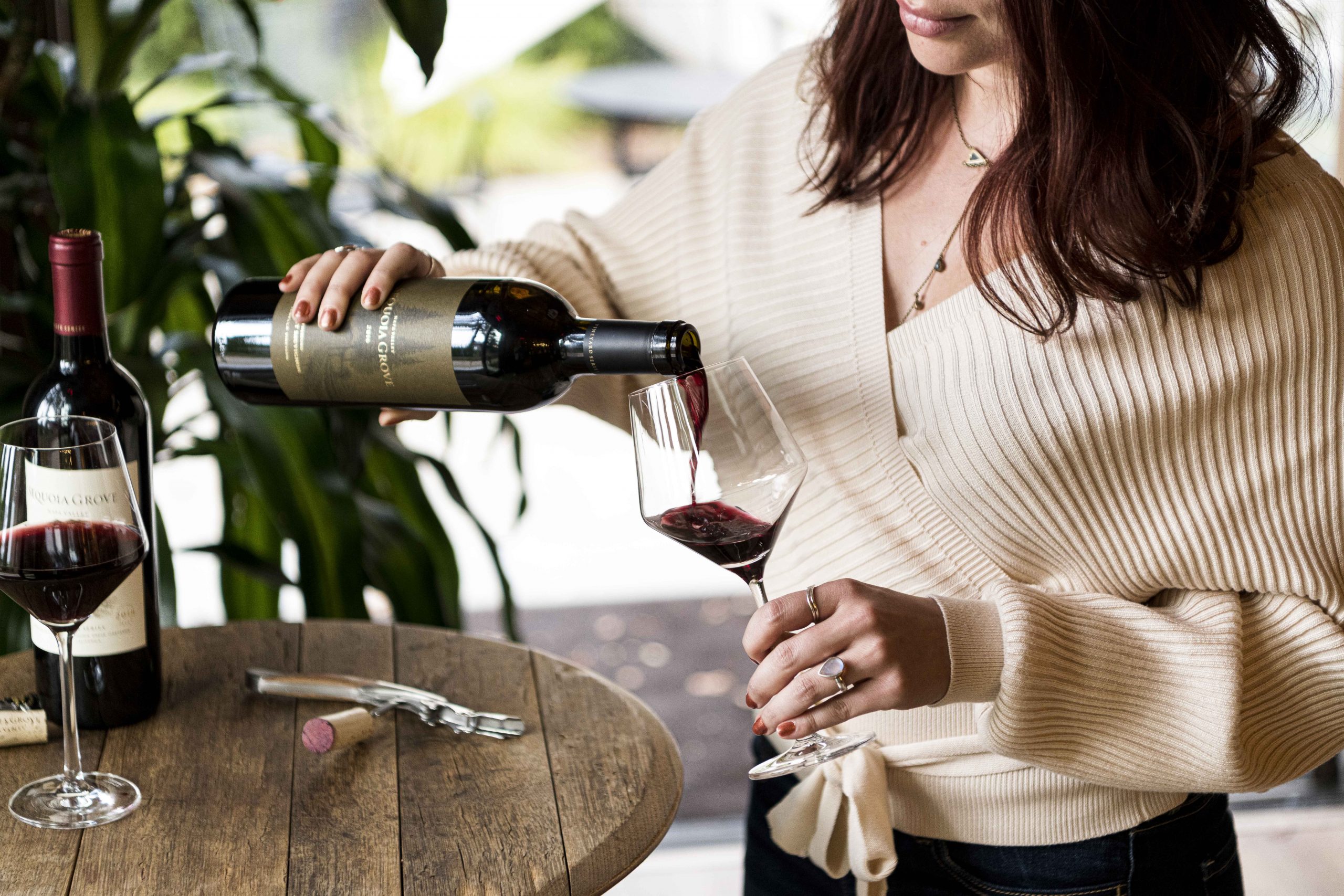Sequoia Grove is working hard to become a Napa Valley leader in sustainability and environmentally-friendly practices. Here are some of the agricultural practices and initiatives we are committed to:
Napa Green Vineyard
Napa Green Vineyard certification provides a pathway for growers to improve soil health, become carbon neutral to negative within six to nine years, and increase the resilience of vineyards, businesses, and our community. To achieve this certification, Sequoia Grove sacrificed plantable vineyard land to the “Rutherford Reach” project to restore the flow and natural habitat of the Napa River. Our viticultural team also uses deficit irrigation, cover crop, and mulching programs to control vine vigor naturally. This reduces fertilizer needs. We also mulch vine waste instead of burning it and immediately remove vines showing any sign of disease to limit exposure to neighboring vines. To manage pests, we hand weed and use clove oil instead of using harmful sprays to manage pests. To build up soil health, we plant specific cover crops to each of the soil types in our vineyard and practice either alternate-row tilling or no-till. This increases carbon sequestration and encourages soil regeneration.
Napa Green Winery
Napa Green is one of only four sustainable wine-growing programs nationwide, offering comprehensive soil-to-bottle certification in the vineyards and winery. To qualify for this rigorous certification, the Sequoia Grove team monitors all water usage monthly for possible leaks and unusual patterns. We have planted drought-tolerant landscaping and installed drip irrigation to provide precise watering on flowers and grasses. We also redirect stormwater to a bioswale for natural reabsorption into the aquifer.
From a recycling perspective, Sequoia Grove uses recycled paper and cardboard materials made with 50% to 100% post-consumer waste. All wooden pallets, cardboard, natural cork, capsules, and accepted plastics are recycled, and we compost spent grape pomace and other landscape trimmings.
Deep Green
Sequoia Grove Winery is 100% powered by renewable energy through the Deep Green program with Marin Clean Energy. In terms of energy savings, Steven Bowden, Vice President of Consumer Sales & Marketing, states:
“We are committed to taking action to conserve resources and prevent pollution. That’s why we use energy management software that efficiently tracks cellar and tank heating and cooling. Our lights and outlets are computer-controlled to make use of ambient light, lights automatically dim in unused spaces, and passive electrical loads like unused chargers and power supplies turn off when not in use.”
1% for the Planet®
1% for the Planet® was founded to prevent greenwashing, certify reputable giving, and provide accountability. The 1% for the Planet® certification is given to businesses that meet the commitment to donate 1% of annual sales to environmental causes. Through our membership in 1% For the Planet®, we contribute a portion of our sales annually to Save the Redwoods League to preserve habitat for new and old-growth redwood groves.
Save the Redwoods League
For Sequoia Grove, the Sequoia sempervirens coastal redwood trees are more than just our brand icon – it’s a symbol of persistence and fortitude. These magnificent trees represent a true sense of place along a narrow strip of the California coast and are currently under threat. Since 1918, Save the Redwoods League has protected more than 200,000 acres of redwood forest and helped create 66 redwood parks and preserves.


